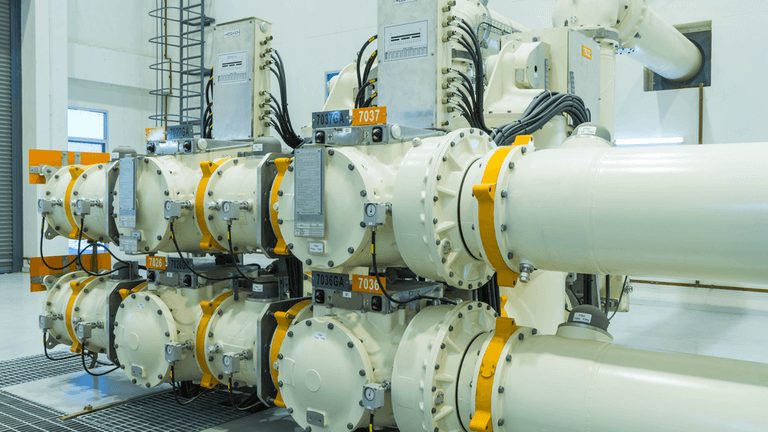The Ultimate Guide — Everything You Need To Know SF6 Gas Handling SystemPosted by Brianna on February 23rd, 2023 SF6 is also known as Sulphur hexafluoride. It is an odorless and synthetic gas used for varieties of applications. It has a history of being used in different applications like filling double-glazing panels and metal smelting. Not only that, but SF6 is also used for distribution equipment, the manufacture of electronics, and the production of magnesium. However, the electricity industry needs the SF6 to ensure the networks' running and safety. That’s mainly because the electricity industry has not been able to replace it.
In this article, we will walk you through everything you need to know about SF6 gas handling. Before we get started, are these glasses dangerous? What Are The Potential Dangers of SF6 Gasses? SF6 is a potent greenhouse gas that contributes to global warming just like carbon dioxide. However, its high atmospheric stability and ability let the gas trap infrared radiation. What it means is that SF6 is more potent at warming the earth’s atmosphere for a long period — than CO2. Likewise in the course of the working cycle, the SF6 decomposes under the electrical stress — which is a toxic byproduct that has a health threat to working personnel in the event of exposure. That’s why it is essential that you have SF6 gas handling in your station and workplace. Furthermore, direct exposure to SF6 can cause irritation and suffocation. Reasons Why You Need a Better SF6 Gas Handling System Ensure that Personnel Work In a Safer Environment Working personnel coming in contact with SF6 (Sulfur hexafluoride) is a factor that should never be ruled out. It could be from leakage or a poor gas handling system. First off, inhaling SF6 can affect your breathing. It can also irritate the skin causing a rash or burning feeling when personnel comes in contact with the gas in a workstation or site. Other common long and short-term symptoms include damage to the liver/kidney, confusion, dizziness, fainting, eyes burn, seizures, suffocation, coma, and nose/throat irritation. With that said, having a solid and efficient SF6 is one of the ways you can provide a much safer environment for your personnel. That way, they get to do their job without worrying about the health risks from SF6 exposure. Consequently, your chances of getting sued in the future would be minimal. As mentioned earlier, A Better Ways To Protect the Planet Sulfur hexafluoride is also a deadly greenhouse gas. So, if you are an advocate of going green, you would appreciate the importance of reducing its emission. Like other greenhouse kit and gasses such as methane and nitrous oxide — SF6 can cause drastic climate change, respiratory diseases, harsh weather, food shortage supply, and many more. You won’t just protect your personnel when you invest in an SF6 gas handling system—but also the planet. Common SF6 Gas Handling Mistakes You Should Avoid Now that we've walked you through the potential dangers as well as the benefits of SF6 gas handling—we will look at the common avoidable mistakes. 1. Not keeping track of the amount of SF6 you used 2. Sniffing the SF6 gas when checking for the faulted condition 3. Not heating the bottles of SF6 correctly 4. When you don’t hold the pulling vacuum long enough. 5. You should not apply direct heat in the cylinder that exceeds 120 degrees 6. You should not roll the cylinder because it will cause an imbalance in the pressure. The Best Practices of SF6 Gas Handling Conclusion Besides the best practices, if you don’t know your way around handling SF6 gasses, it’s important that you do not attempt it on your own. We advise that you seek the help of professionals. %MCEPASTEBIN% Like it? Share it!More by this author |



